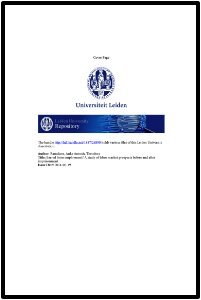By Helen Fair and Jessica Jacobson
When the World Health Organization (WHO) declared COVID-19 a global pandemic on 11 March 2020, there was immediate concern about the potential health impacts on prisoners and prison staff. Concern focused on the close proximity in which prisoners live, particularly in overcrowded systems; the prevalence of underlying health conditions which affect many of those in custody; and the porous nature of prison walls and boundaries, presenting a risk of infection spreading from prisons to local communities. In the wake of the declaration of the pandemic, penal reformers and human rights organizations around the world called for measures to be taken to reduce the numbers of people in prison, particularly in overcrowded systems, and to contain the risks of infection spreading. This report examines the population management and infection control measures (excluding direct health interventions) taken by prison systems in a diverse group of ten countries spanning all five continents: Kenya, South Africa, Brazil, the USA (and more specifically, New York State), India, Thailand, England and Wales, Hungary, the Netherlands, and Australia (more specifically, New South Wales). The report is produced under the banner of ICPR’s international, comparative project, ‘Understanding and reducing the use of imprisonment in ten countries’, launched in 2017.
London: Institute for Crime & Justice Policy Research, 33p.




















